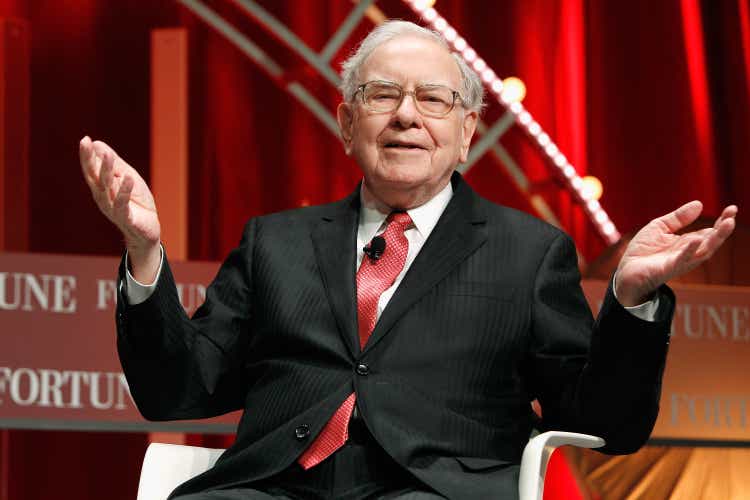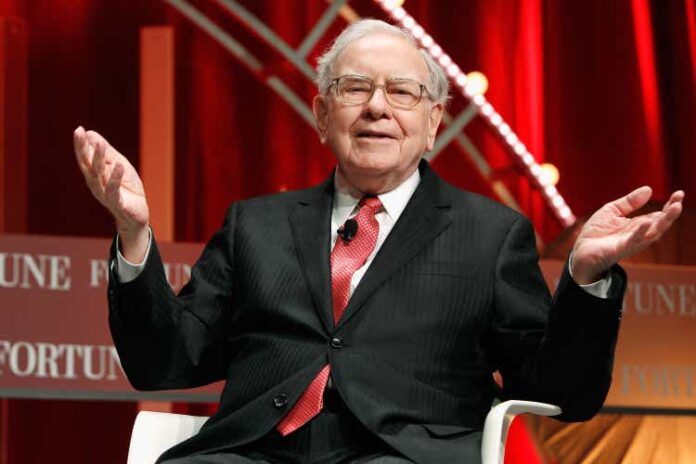
Co-authored with “Hidden Opportunities.”
Value investing entails buying undervalued businesses when the market shuns them, and holding onto them for the long haul. It’s an approach that has underpinned some of Warren Buffett’s most significant and profitable investments. These investments were made when others were fleeing, making them the ultimate contrarian bets of Buffett’s legendary career.
Warren Buffett has recounted during the 2008 financial crisis, when everyone else was abandoning the stock market, he secured shares in Bank of America (BAC) and Goldman Sachs (GS), which subsequently became reliable sources of passive income for years. Such timely and shrewd investment decisions underscore Buffett’s sage advice of not succumbing to market panic.
“In the 58 years we’ve been running Berkshire, I would say there’s been a great increase in the number of people doing dumb things, and they do big dumb things,” he said. The reason they do it is because, to some extent, they can get money from people so much easier than when we started.” –
Warren Buffett.
Despite the recovery of the markets post-2008, there remains a dichotomy with a select few companies witnessing dizzying valuations, while the remainder of the index continues to house undervalued opportunities, ripe for the picking.
Amidst this backdrop, let’s delve into two overlooked and battered picks, standing outside the limelight of the top-tier stocks.
Pick #1: BTI – Yield 9.7%
Businesses, much like individuals, sometimes don’t fit the neat contours of accounting. Take the case of Google’s $12.5 billion purchase of Motorola Mobility in 2011, later selling it for a loss. Despite the apparent flop, Google retained a trove of mobile patents generating significant cash flows, ultimately proving the investment’s worth.
Similarly, Google’s $50 million acquisition of Android in 2005 belies its subsequent ascent to a market share of 72% and a substantial revenue stream from the Google Play Store. Such examples underscore Buffett’s frequent dismissal of book value as an immaterial metric.
Enter British American Tobacco p.l.c. (BTI, BTAFF), commonly known as BAT, currently making headlines for announcing a £25 billion impairment charge related to its U.S. brands. While such write-downs may seem ominous, they present a pragmatic alignment of a brand’s value with its potential sell-off price.
The economic value of income-generating assets like brands may transcend conventional book value adjustments, often tethered closely to their ability to generate cash flow rather than market valuations. Notably, combustible tobacco remains a stable, profit-churning business, sustaining robust cash flows.
Significant Benefit from Impairment
An impairment, primarily a paper loss, doesn’t portend the disposal of assets at throwaway prices; rather, these brands are poised to yield substantial free cash flow in the foreseeable future. Furthermore, such impairments often carry a silver lining being tax-deductible.
Besides, BAT’s 29% stake in ITC, with a conservative book value of £1.9 billion, has burgeoned to over £16 billion. A potential disposal could potentially offset the impairment and substantially reduce the company’s net debt.
FY 2023 Guidance Remains Intact
BAT unequivocally affirms its FY 2023 guidance, envisioning modest growth, propelled by burgeoning non-combustible segments and its foothold in emerging markets. Such is the market’s fixation on the U.S. operations that the U.S. government recently deferred the menthol ban, underscoring the company’s resilience across diverse geographies.
In essence, for investors, these overlooked opportunities aren’t ‘Diamonds in the Rough’ but rather ‘Diamonds in the Buff,’ belying their obscured status with robust fundamentals that warrant a relook.

